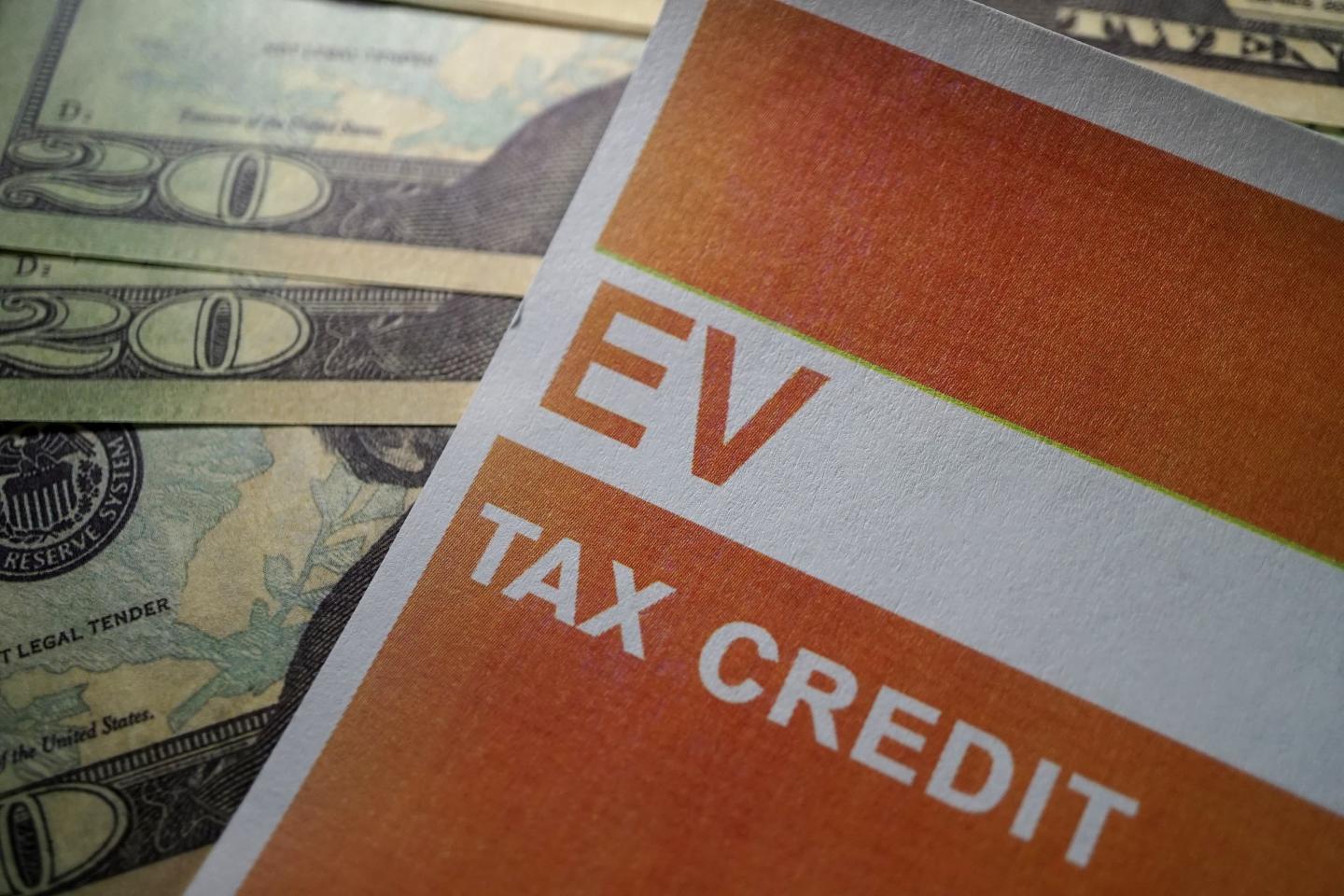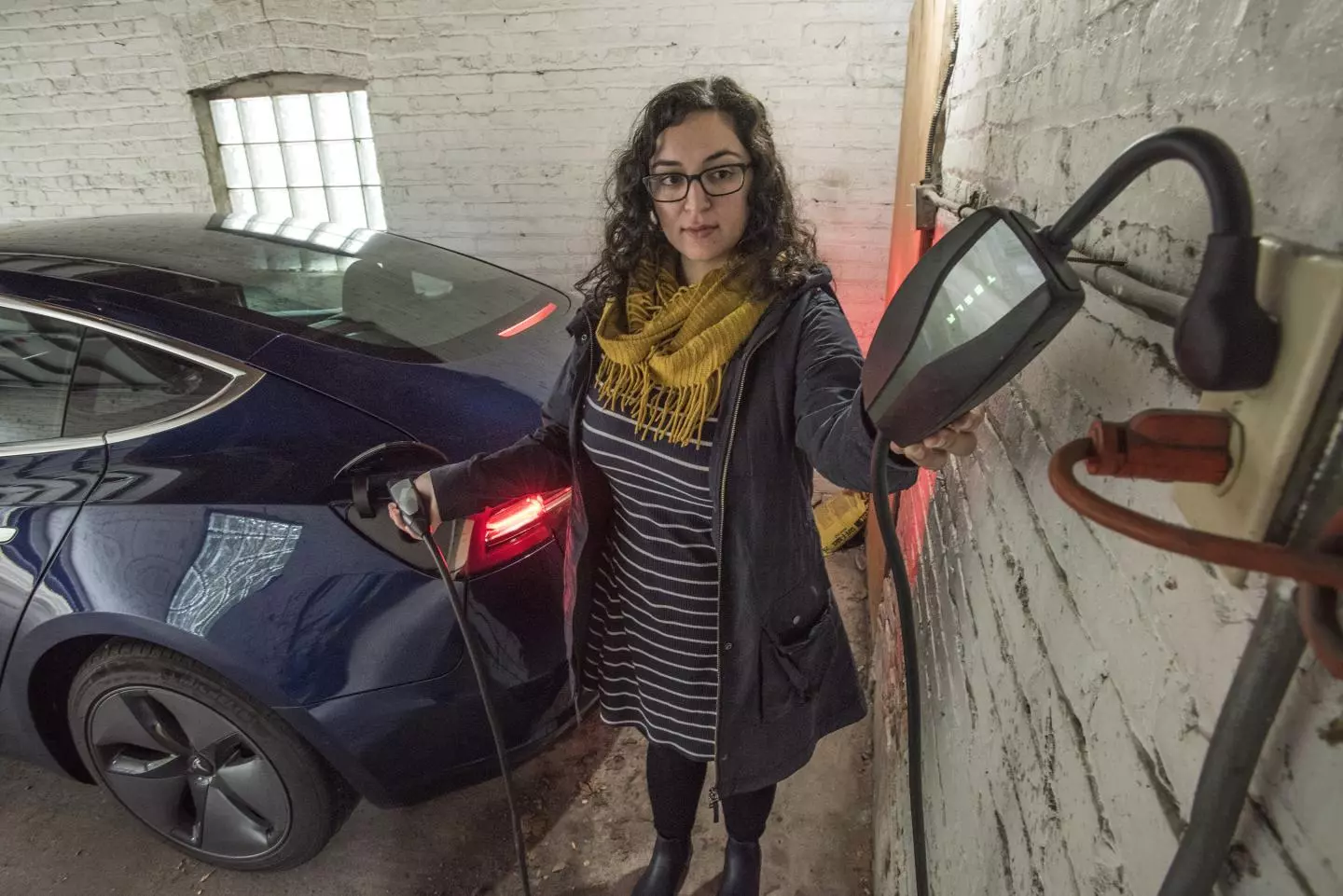Everything you need to know to save money on an EV in 2024
Thinking about greening your ride with an electric car or truck? There are federal, state and local incentives that can help you save thousands of dollars off the price of a new or used EV. Check out these tips.
You can save up to $7,500 the day you buy

As of Jan. 1, the federal tax credit for buying an electric vehicle is applied at the time of purchase — becoming an instant rebate at approved dealers. (Previously, EV owners couldn’t claim the money until they filed their taxes.) Now, consumers can get up to $4,000 off used vehicles, or $7,500 off a new one the same day they buy.
Both full EVs and plug-in hybrids are eligible for the rebate, thanks to the Inflation Reduction Act, and income caps apply. (For a new car, the cap is $150,000 if you’re single, and $300,000 if you’re married and file taxes jointly).
This year also marks the start of a rule meant to incentivize domestic production of EVs (especially batteries). The goal is to create jobs in the U.S. but, in the short term, it means fewer electric vehicles qualify for a federal tax break this year than last, given that not all models have enough components sourced and assembled in the U.S. yet.
However, these requirements don’t apply to used EVs. So, if you have your heart set on a certain model, buying used or leasing might be the way to go.
It’s also worth checking with the dealer of a model you have your eye on to see if they’ll offer a discount to stay competitive. For example, General Motors just announced it would offer $7,500 off its Cadillac Lyriq and Chevy Blazer EV, both of which no longer qualify for the tax credit.
Some states also offer their own credits in addition to the federal incentive. (You can search for state-level tax credits here.) And the IRS keeps an up-to-date list of which electric cars qualify for the federal credit here.
Leasing offers a loophole
“Leasing has become a way to work around the eligibility restrictions of the federal tax credit,” says Neda Deylami, who works on vehicle electrification at Environmental Defense Fund.
That’s because the federal tax break on electric fleets that are leased out is actually a commercial credit — which the dealer can then choose whether or not to pass along to the consumer. For you, that means no income cap to qualify and more models to choose from.
A 2023 analysis found that, on average, the monthly lease payment for an EV is cheaper than leasing a comparable gas-powered vehicle. (And EV drivers don't have to buy gas.)
Leasing also offers another advantage: It’s a way to try going electric without the commitment of buying.
It's a good time to consider a used EV
A used EV is not only often cheaper than buying new, more models qualify for the federal tax credit.

“Because the battery sourcing requirements don’t apply to used EVs, you can still get a credit on a used model that isn’t available anymore on a new car,” says Deylami. And though a used EV may not have the range of a newer model, it will probably still fit most people’s lifestyles, she adds.
To be eligible for the $4,000 used vehicle credit (which is also now available at the time of sale), the car has to be at least two years old, listed for $25,000 or under and you need to buy it from a dealer. The credit is only available the first time the car is re-sold.
“As an EV owner myself, I can tell you that anyone who gets an EV becomes addicted to not having to pay for gas,” Deylami says.


